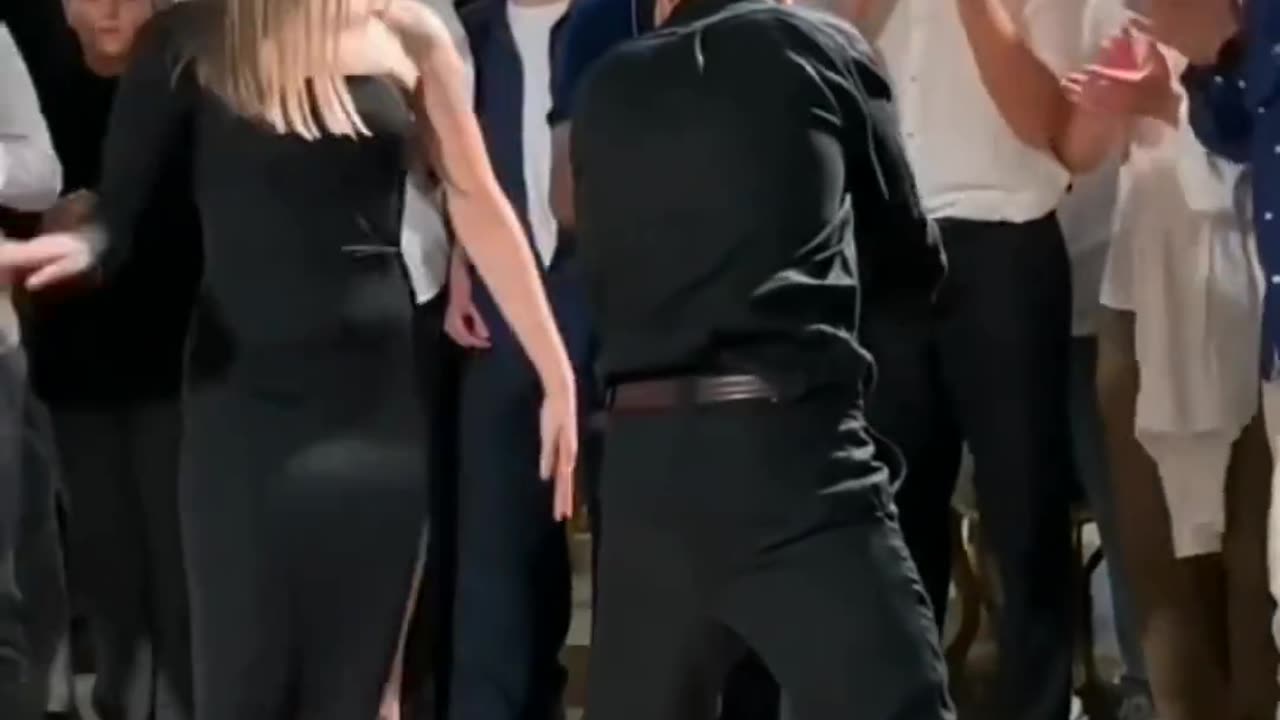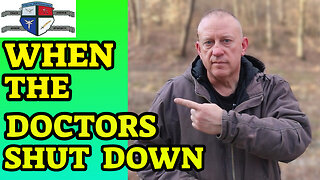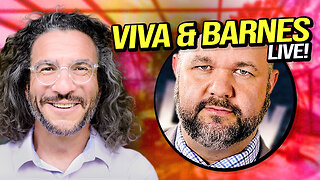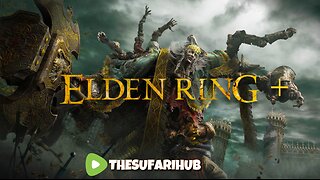Premium Only Content

#Dance
"Joy dance" generally refers to a form of dance that expresses happiness, excitement, and positive emotions. Dancing is a universal way for people to celebrate and express their joy. Depending on the culture and context, joy dances can take various forms, styles, and names. Here are a few examples:
Folk Dances: Many cultures have traditional folk dances that are performed during festive occasions to express joy and celebrate. These dances often involve rhythmic movements, lively music, and colorful costumes.
Celebratory Dances: In weddings, birthdays, and other significant celebrations, people often engage in spontaneous or choreographed dances to express their happiness and share in the joyous atmosphere.
Cultural Dances: Different cultures have their own unique dances that are associated with joy and celebration. For instance, the Samba in Brazil, the Hula in Hawaii, or the Bhangra in Punjab, India, all have elements of joy and celebration.
Modern Dance Styles: Even in contemporary dance forms, there are choreographies that are designed to convey joy and positivity. These dances might incorporate energetic movements, upbeat music, and expressive gestures.
Group Dances: Group dances, whether traditional or modern, often amplify the sense of joy as people come together to celebrate collectively.
Dance Therapy: Dancing can also be used as a therapeutic tool to enhance mood and well-being. Joyful dancing can release endorphins and contribute to a positive emotional state.
Remember that dance is a form of artistic expression, and it can vary widely based on personal interpretation, cultural context, and the emotions being conveyed. Whether it's a traditional folk dance, a spontaneous celebration, or a carefully choreographed routine, joy dances are a beautiful way for individuals and communities to express and share their happiness.
-
 8:50
8:50
Ethical Preparedness
1 day agoQuickly Crush & Reverse Type 2 Diabetes after the Collapse
7.49K4 -
 15:06
15:06
Russell Brand
1 day agoPeople Are SHOCKED As Bill Burr Goes After Elon Musk on 'The View'
124K240 -
 7:32:11
7:32:11
SpartakusLIVE
12 hours ago#1 Action HERO ends your weekend in a FIERY BLAZE of non-stop GLORY
103K5 -
 2:34:20
2:34:20
vivafrei
21 hours agoEp. 257: More ROGUE Judges! More Deportations! Candace v. RFK Jr.? Wisconsin Election & MORE!
197K475 -
 2:27:35
2:27:35
Nerdrotic
14 hours ago $25.31 earnedGobekli Tepe Coverup, Pyramid Structures w/ Jimmy Corsetti & Wandering Wolf | Forbidden Frontier 096
79.8K35 -
 54:17
54:17
Man in America
18 hours ago50 MILLION Illegals: The TIME BOMB Threatening to Destroy America w/ J.J. Carrell
64.5K79 -
 1:09:13
1:09:13
Tundra Tactical
10 hours ago $6.18 earnedThe Worlds Okayest Gun Live Stream
49.9K6 -
 4:01:56
4:01:56
The Sufari Hub
12 hours ago🔴ELDEN RING MODDED - ROAD TO #1 GAMER ON RUMBLE - #RumbleGaming
65.1K -
 4:23:35
4:23:35
thatsnotkyle
10 hours agoPUBG | Chicken Dinners
65.4K2 -
 54:47
54:47
Sarah Westall
14 hours agoTranshumanism vs Natural Human Zones, AI consciousness and the Hive Mind Future w/ Joe Allen
100K51